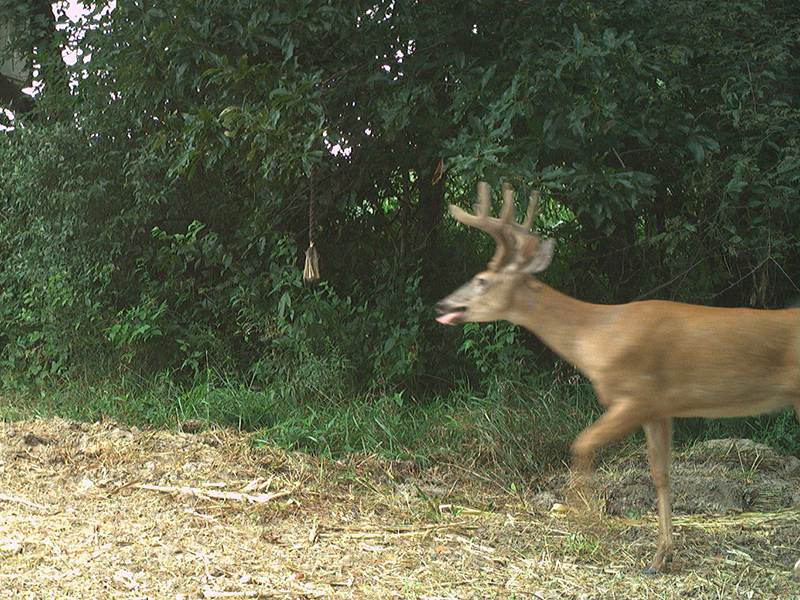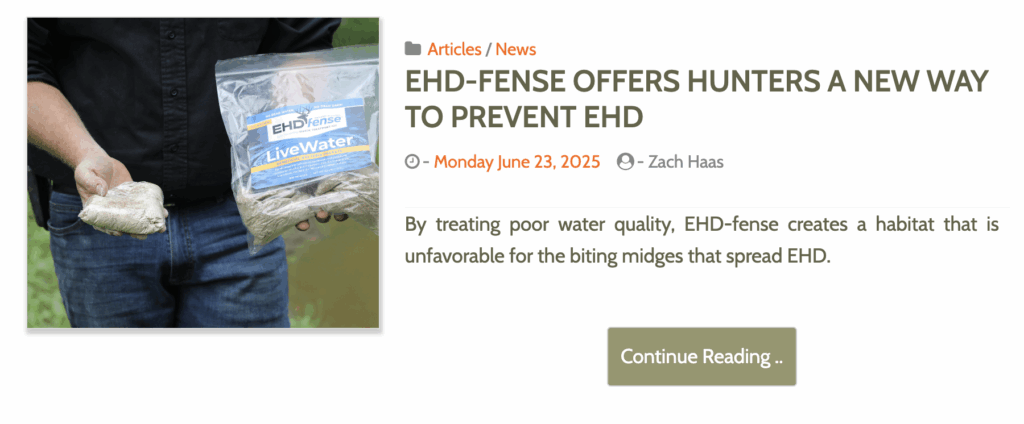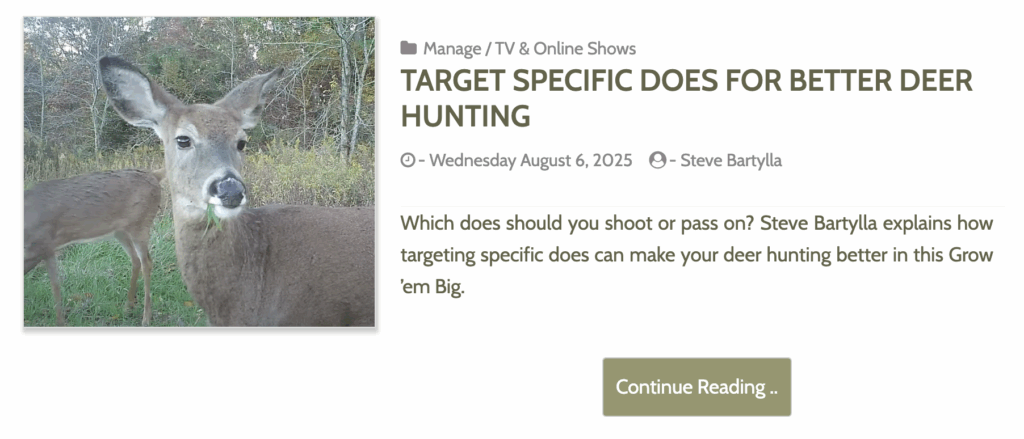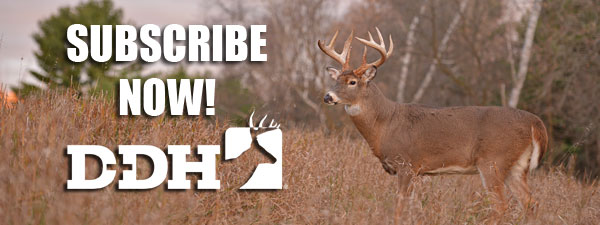This is the time of year when Bluetongue and Epizootic Hemorrhagic Disease (EHD) start showing up. I look for strings of pictures and videos of deer with their tongues hanging limp, not just one photo, but every image or clip in the series. These are closely related diseases, and the only real difference I see is that EHD kills deer quickly, usually within 5–10 days from infection to death, while Bluetongue-infected deer can live closer to a month.
In both cases, some percentage of infected deer survive, but it’s fatal to most. Survivors from previous years can often be identified by their damaged hooves, which can create a long-term stressor for them going forward.
I know many people believe these diseases strike only in certain years. My experience has been the exact opposite. I see them every single year. The only question is whether it will be a bad, good, or somewhere-in-between year.
I’m confident in everything I’ve said so far, but take what I say next with a grain of salt. From my experience, Bluetongue and EHD tend to get bad when deer numbers are higher than what the habitat can support at a truly healthy level. That’s based solely on my own observations and could be coincidence.
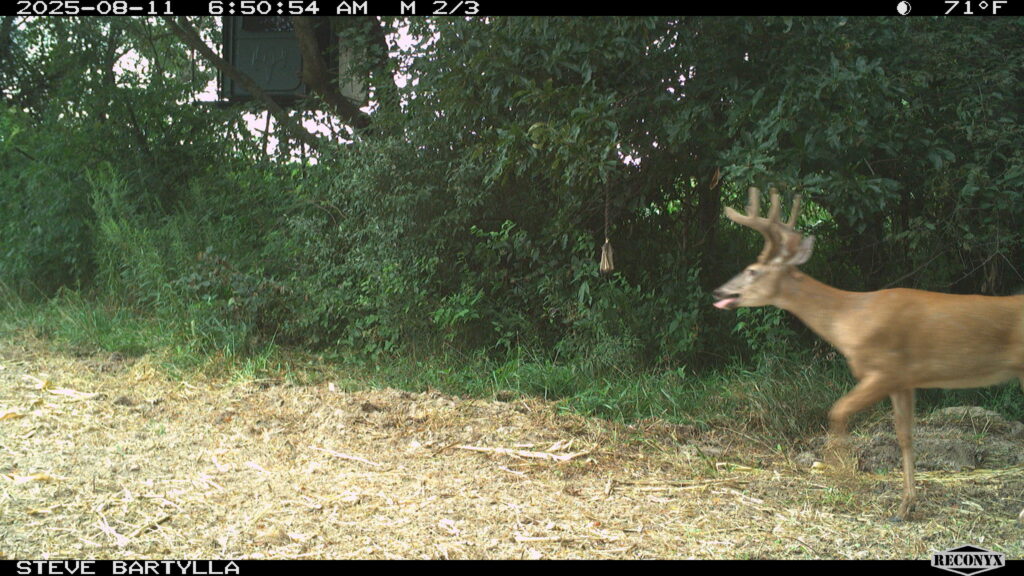
Over the years, I’ve only seen a handful of properties with truly bad outbreaks. By “bad,” I mean losing 50–75% of the resident deer herd. In every case, deer numbers were well over my management goals. That said, I’ve also had high deer numbers without severe outbreaks, and I’ve had mild disease years when numbers were above goal. But I’ve never had a really bad year when deer numbers were healthy or below my target levels.
On the property where the attached image comes from, deer numbers are creeping upward. If disease doesn’t thin the herd before the season starts, we’re already planning to increase the doe harvest this year to help balance the numbers. This is especially important after the increased fawn recruitment we’ve seen from our aggressive and effective predator control efforts.

